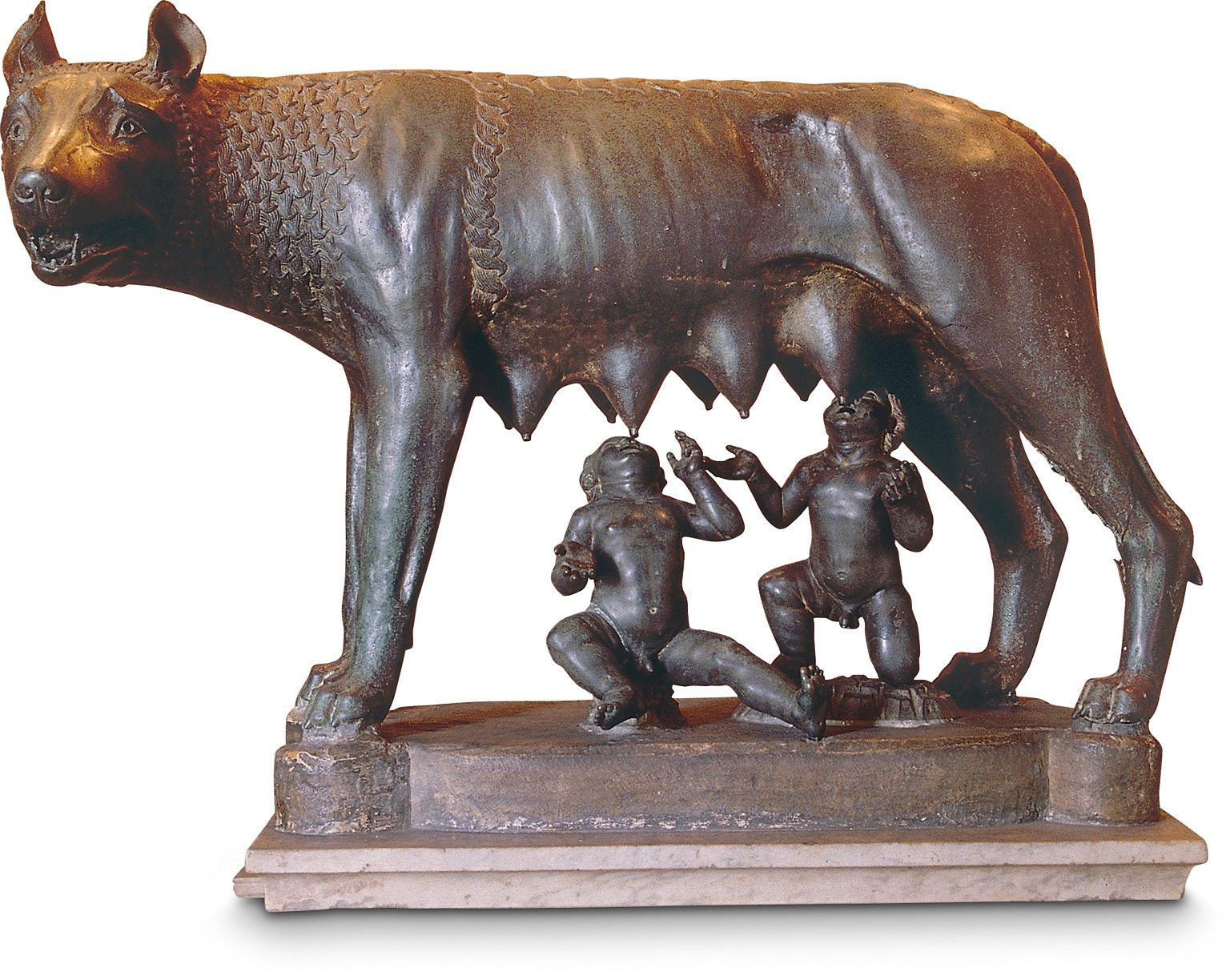PALAZZO DEI CONSERVATORI EXHIBITS

Palazzo dei Conservatori Floor Plan
1. Colossal Statue of Constantine Fragments
Found in the ruins of the Basilica of Maxentius and Constantine, these surreal outsized body parts (c. 313–24 CE) formed the unclothed segments of an overwhelming seated effigy of the first Christian emperor, recognizable by his protuberant eyes. The rest of the sculpture was made of carved wood dressed in sheets of bronze.

2. Lo Spinario
One of the precious bronzes that comprised Sixtus IV’s donation to the people of Rome, this charming sculpture dates from the 1st century BCE. Hellenistic in its everyday subject matter, the head recalls more archaic models. The boy’s unusual and graceful pose inspired many works during the Renaissance.
3. Caravaggio’s St. John the Baptist
Shocking in its sensuality, the boy’s erotic pose, his arm around the ram, created an iconographic revolution when it was unveiled around 1600. Masterful chiaroscuro brought the holy image even more down to earth.
4. Bronze She-Wolf
The most ancient symbol of Rome, from the 5th century BCE, of Etruscan or Greek workmanship. The she-wolf stands guard, at once a protectress and a nurturer, as the twins Romulus and Remus feed on her milk. This was also part of the 1471 donation of Pope Sixtus IV.

5. Guercino’s Burial of St. Petronilla
The influence of Caravaggio is clearly evident in this huge altarpiece, executed for St. Peter’s Basilica between 1621 and 1623. Powerful effects of light and dark combined with pronounced musculature and individuality of the figures bring the work directly into the viewer’s physical world.
6. Caravaggio’s Gypsy Fortune-Teller
An earlier work by Caravaggio, but just as revolutionary as his St. John the Baptist. This subject is taken from everyday street life in late 16th-century Rome, which the painter knew intimately. Notice that the gypsy is slyly slipping the ring from the unsuspecting young dandy’s finger.
7. Bust of Lucius Junius Brutus
Dating from between the 4th and 3rd centuries BCE, this bronze bust is possibly the rarest object in the museum. Its identification as the first Roman consul is uncertain, because it also resembles Greek models of poets and philosophers. Its intense, inlaid glass eyes make it one of the most gripping portraits.
8. Pietro da Cortona’s Rape of the Sabines
Baroque painting is said to have begun with this work (c. 1630), where symmetry is abandoned and all is twisting, dynamic movement. It shows an early episode in Roman history: the new city had been founded but the population lacked women, so they stole those of the neighboring Sabine tribe.

9. Bust of Commodus as Hercules
The 2nd-century emperor, who loved to fight wild animals in the Colosseum, had himself represented as the demigod Hercules, to promote his own divinity. The club held in his right hand, the lion’s mantle, and the apples of the Hesperides in his left hand are all symbols of the labors of Hercules.
10. Equestrian Statue of Marcus Aurelius
A copy of this 2nd-century CE bronze masterpiece stands in the center of the Capitoline star; the larger-than-life original is displayed in a glassed-in courtyard within the Palazzo dei Conservatori.

